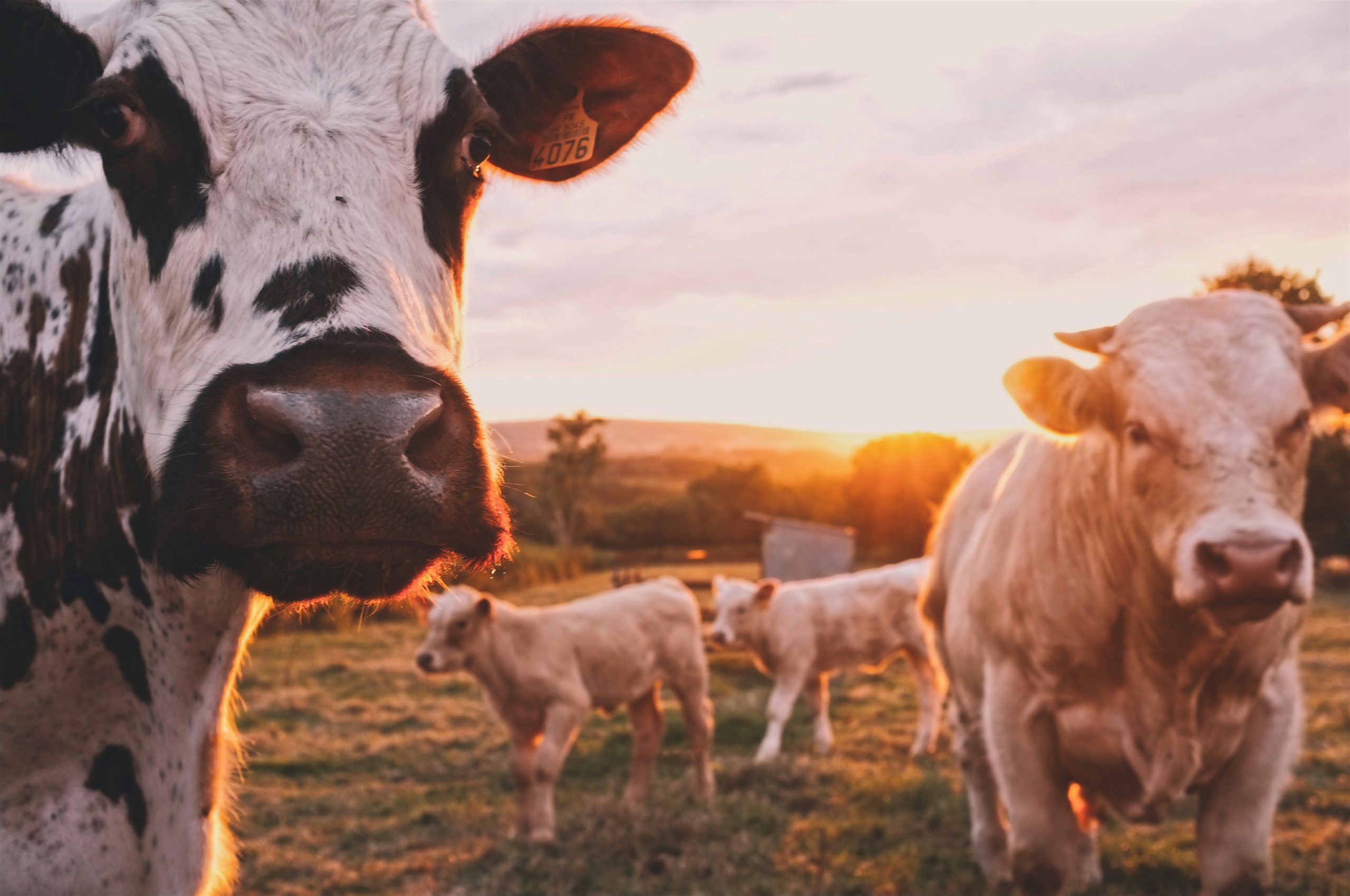
Client Side: I had my career mapped out – until a new experience opened my eyes
June 9, 2020
Context matters in rural workforce development: 7 important facts
June 9, 2020Canada’s farming sector needs an image shift to halt the exodus of young people
Abdul-Rahim Abdulai
What led you into farming? This question anchored my research to 
The experiences from Newfoundland are not unique; agriculture historically benefitted from a consistent supply of labour from within “family farm” units. In 2011, family farms constituted over 92% of Canada’s farms (Statistics Canada, 2013). These farms are not managed by a commune, co-operative or a non-family corporation, and are more likely to be passed from generation to generation (Knezevic, Bronson & Clément, 2020). The farm family always was a “factory” ready to produce the next generation of agriculture enthusiasts – people who will end up in farming or agriculture-related careers (Cummins, 2009). However, my research in Newfoundland points to a decline in this vital survival trait of agriculture.
Farm population exodus: The tale of two farmers
I found that our social environment motivates and shapes individual decisions, including our career paths (Dodd, 2011; Hamill, 2012). Early life experiences and socialization influence our personal decisions and choices, ultimately guiding our professional trajectories. Notably, personal ties, advice (from parents and friends) and the beliefs one is exposed to about different professions influence the career decisions of young people. Agriculture is no exception to this. My research, however, revealed some nuances in how the family can affect career pathways in farm families:
Farmer 1: “I am a farmer. I discourage my children [from farming]. I have two kids; my daughter is a physiotherapist, and my son works in a consultant company. I did everything to discourage them from this way of life [on the farm]. I can’t imagine what I would have done, why I would have encouraged them.”
Farmer 2: “So, I was a firm believer that when I had kids, and I had a farm, they will stay. Once they became old enough, everybody pulled away, everybody moved … But you know, they didn’t want – once they graduated with some college or whatever – they didn’t come back to the farm or something like that.”
These quotes describe tales of two farm families: One farmer who had a passion for keeping the farm in the family, and another who encouraged his children to pursue careers outside agriculture. Yet, the outcomes of both tales were the same: the departure of the young from the farm. For both families, their inability to retain their children in the sector was down to perceptions of farming being hard work, stressful and less profitable.
The exodus of young people partly defines the declining farming population in Newfoundland and Canada and contributes to persistent labour challenges in the industry. According to Statistics Canada, Newfoundland’s and Canada’s farmer populations are aging. Concurrently, the number of farmers who are under 35 years old in Canada has declined by over 70% since 1991 (Qualman, Akram-Lodhi, Desmarais & Srinivasan, 2018). Likewise, the number of farm operators declined by about 35% between 2001 and 2016 (Statistics Canada, 2017). What drives the exodus may vary, but the image of farming as a challenging, unprofitable profession discourages even those who grew up around agriculture. The industry suffers from an image issue, which drives young people away.
Read more
- Canada’s agriculture sector must adapt to overcome chronic labour shortages
- The future of agriculture in the United States
Re-discovering agriculture to motivate the younger generation
While farming is hard work, there is more to the agriculture industry than what is known to most youth.
Technological changes are reshaping farm work and career opportunities. Last year, RBC released the Farmer 4.0 report (RBC, 2019), which described the farmers of tomorrow as innovative, highly skilled, data-driven and diverse. These transformations are very much on the way, and the farm community can help bolster the talent pipeline by shifting the image of the industry to be more forward-looking. Sharing the diverse opportunities available in farming can counter misconceptions that farming is a dated or old profession. This may attract new people to the agricultural industry while also encouraging young people to consider the future of the farm.
Likewise, school and agricultural institutions must swiftly develop and/or alter programs to reflect new skill demands. Courses that incorporate new farming skills and needs would allow youth to understand the diverse opportunities the sector can offer and how they can shape the future of agriculture.
Finally, youth, especially those from agricultural households, could play a pivotal role. Since they have opportunities to experience and experiment in the sector, leveraging the power of the digital world to explore new experiences of farming could help them learn skills that they are excited to bring to the industry. More internal youth engagement will attract outsiders to help overcome current labour and skill challenges in Canadian agriculture.
Abdul-Rahim Abdulai is a PhD candidate at the Department of Geography, Environment and Geomatics at the University of Guelph, and affiliated with the Arrell Food Institute. Abdulai’s interest is in the future of agriculture, through workforce development and digital technological advancements. His research asks questions on the motivational dimensions of attracting and retaining people in agricultural workforce, as well as how to respond to changing skill requirements triggered by emerging digital agricultural technologies.
References
Abdulai, A. (2018). Motivating the future farmers? Understanding farmer attraction and retention policy interventions in Newfoundland and Labrador’s agriculture. (Master’s thesis, Memorial University). research.library.mun.ca/13375/
Cummins, H. (2009). Rural children’s perceptions of life on the land in Southwestern Ontario. The Canadian Geographer, 53(1), 63–83.
Dodd, J. (2011). Sustaining agriculture in NSW high schools-an assessment of the use of examples from alternative agriculture and investigation into the role of high school agriculture in meeting the future needs of the industry. Charles Sturt University. permaculturenews.org/files/JDoddDissertation.pdf
Hamill, W. G. (2012). The factors that contribute to young people’s attraction to, and retention in agricultural careers. (Master’s thesis, RMIT University). researchbank.rmit.edu.au/view/rmit:160392
Knezevic, I. Bronson, K. and Clément, C. (2020). What is (not) a family farm? fledgeresearch.ca/resources-results/food-growing-and-harvesting/what-is-not-a-family-farm/
Qualman, D., Akram-Lodhi, A. H., Desmarais, A. A., & Srinivasan, S. (2018). Forever young? The crisis of generational renewal on Canada’s farms. Canadian Food Studies/La Revue canadienne des études sur l’alimentation, 5(3), 100-127.
RBC (2019). Farmer 4.0. How the coming skills revolution can transform agriculture rbc.com/economics/economic-reports/pdf/other-reports/Farmer4_aug2019.pdf
Statistics Canada (2013). Chapter 1. https://www150.statcan.gc.ca/n1/pub/95-640-x/2011001/p1/p1-01-eng.htm#I
Statistics Canada (2013). Number of families on unincorporated farms, classified by family type, major source of operator income and income classes in the year prior to the census. https://www150.statcan.gc.ca/t1/tbl1/en/tv.action?pid=3210019401
Statistics Canada. (2017). Total number of farms and farm operators. https://doi.org/10.25318/3210044001-eng

